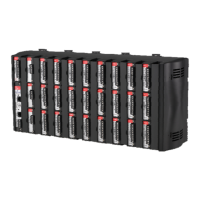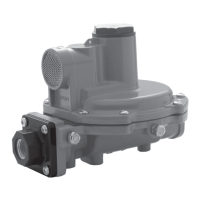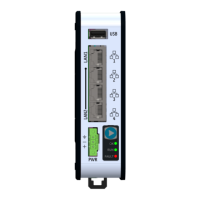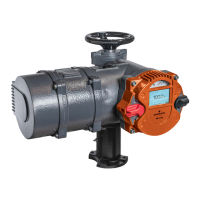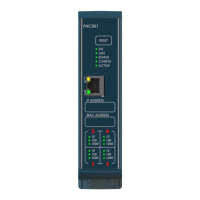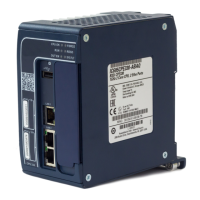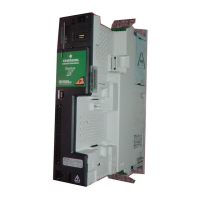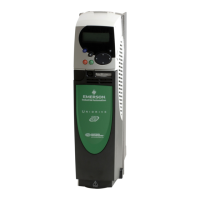ROC800-Series Instruction Manual
Revised July-2017 Installation and Use 2-5
A pipeline with cathodic protection is not a good ground. Do not tie
common to the cathodic part of the pipeline.
When connecting shielded cable, be sure to tie the shielded cable to
earth ground at the end of the cable attached to the ROC800 only. Leave
the other end of the shielded cable open to avoid ground loops.
2.1.6 I/O Wiring Requirements
I/O wiring requirements are site- and application-dependent. Local,
state, and NEC requirements determine the I/O wiring installation
methods. Direct buried cable, conduit and cable, or overhead cable are
all options for I/O wiring installations.
Shielded, twisted-pair cable is recommended for I/O signal wiring. The
twisted-pair minimizes signal errors caused by Electro-Magnetic
Interference (EMI), Radio Frequency Interference (RFI), and transients.
Use insulated, shielded, twisted-pair wiring when using MVS signal
lines. The removable terminal blocks accept 12 to 24 AWG wire.
2.2 Required Tools
Use the following tools to perform installation and maintenance
procedures on the ROC800.
Phillips screwdriver, size 0.
Flat blade screwdriver, size 2.5 mm (0.1 inch).
Flat blade screwdriver, large, or other prying instrument.
2.3 Housing
The housing case is made of a patented Acrylonitrile Butadiene Styrene
(ABS) plastic (U.S. Patent 6,771,513) and the wire channel covers are
made of polypropylene plastic.
2.3.1 Removing and Replacing End Caps
Normal use and maintenance of the ROC800 does not typically require
you to remove the end caps on the housing. Follow these procedures in
case removal is necessary.
To remove the end caps:
1. Place the tip of a flat-blade screwdriver into the top pry hole of the
end cap and loosen the end cap by pulling the handle of the
screwdriver away from the backplane.
Note: The pry holes are located on the sides of the end caps.

